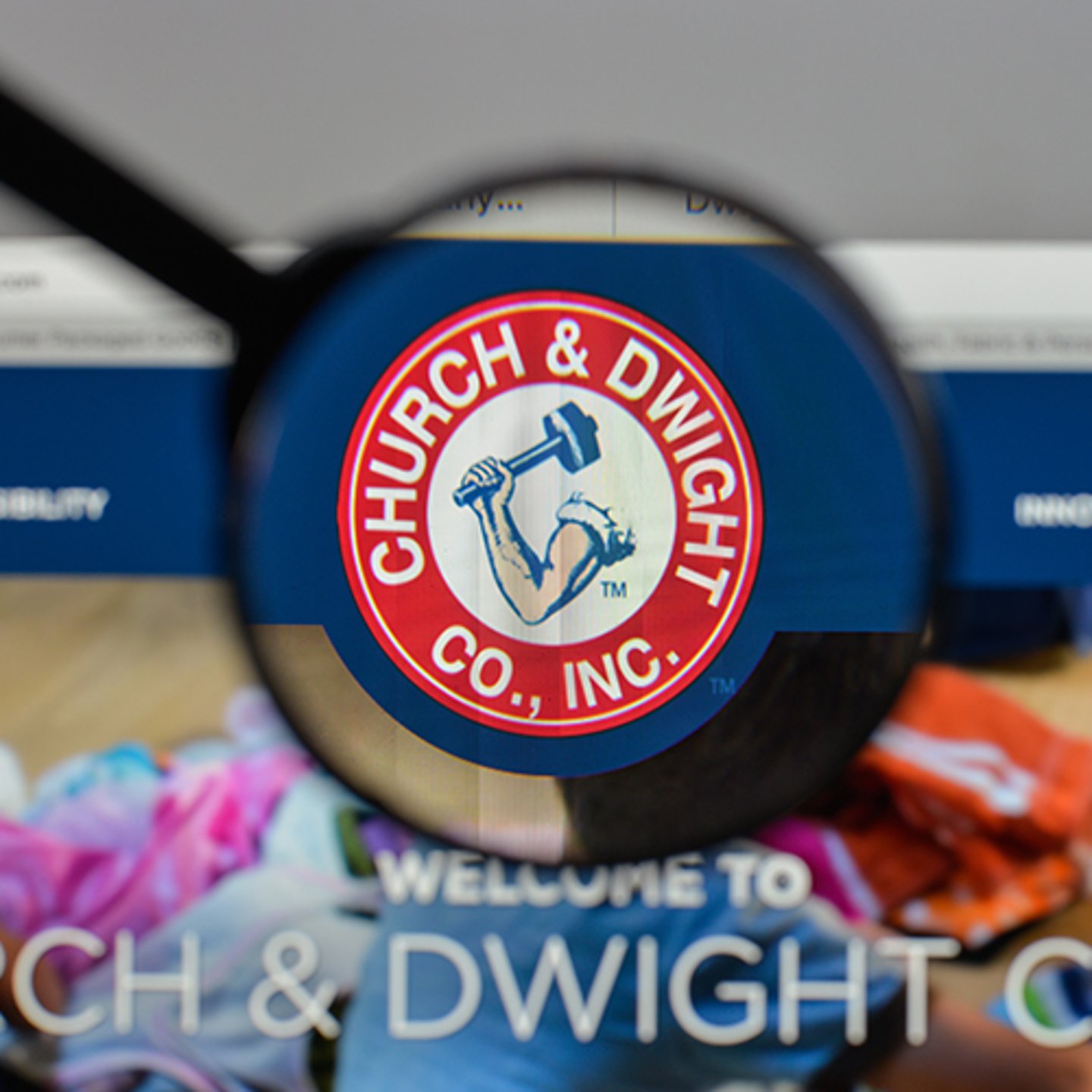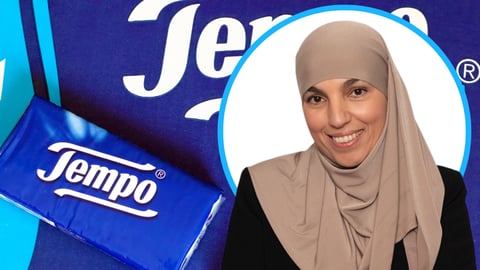5 Tips to Recruit and Retain Top CPG IT and Digital Talent
Consumer goods companies are getting savvier when it comes to recruiting and retaining their top digital and tech talent, but that doesn’t mean it’s easy for anyone. A quick crawl of your LinkedIn feed likely reveals posts from peers enthusiastically sharing roles that (sometimes desperately) need to be filled — and if you’re reading this, that post may be yours.
The good news: When it comes to hiring, companies have finally found that they need to modify their hiring practices in order to move more quickly. Jim Johnson, senior VP of the technology practice group at talent consulting firm Robert Half, tells CGT that companies are often moving away from the old-school, multi-round, project-based interviews.
Instead, companies are acknowledging the need to be flexible, move quickly, and shorten the hiring timeline.
The less-good news: Many technology roles remain very difficult to fill, and, on the retention side, companies are still working out the right balance of existing edicts and new normals.
“Companies are still trying to figure out what the best plan is to enable employee happiness, satisfaction, work-life balance, but also the productivity that organizations need from employees,” Johnson says.
Read on for tips in recruiting and retaining employees in today’s consumer goods hiring landscape.
1. Know Your Market — and Know that Things Have Changed
Understanding the market your company operates in is as crucial in hiring as it is in launching product innovation. This means having a deep knowledge of what the competition offers in everything from compensation to benefits, perks, and resources.
Your hiring competition primarily used to be in the city you operated in, but that's changed, points out Johnson: “Now companies that are willing to work remotely or hire remotely are hiring folks from small towns. They're hiring folks from large towns. They're willing to pay and be flexible.”
Part of this includes being honest about what you’re paying employees. Less than one-third of employees feel they’re paid fairly, according to a 2022 Gartner survey, and 34% think their pay is equitable. And while it likely goes without saying, those who believe their pay is inequitable are less likely to stay with their employer and are less engaged at work — 15% less inclined to stay and 13% less engaged.
“Employee perceptions of pay equity aren’t rooted in compensation,” according to Tony Guadagni, senior principal in the Gartner HR practice. “Instead, the main driver of perception is organizational trust — when employees don’t trust their employers, they don’t believe their pay is fair or equitable.”
2. Get More Efficient (Really)
From a recruitment perspective, streamlining the process at every step is paramount. Companies should avoid posting an open role so far in advance that they can’t make a move if they need to, says Johnson.
This also means identifying the situations and needs that are flexible and the things that aren’t, especially when it comes to the desired skills of a candidate. Looking for attitude and aptitude, and acknowledging that some skills can be trained, can go a long way in the long run, he notes.
“When companies are willing to be flexible in their hiring that way, they're getting people in the seats — and oftentimes people in the seats that might stay longer because they see it as a career opportunity, rather than a job or a stepping stone, where I can come in and realize I have opportunity to grow,” says Johnson.
Surabhi Pokhriyal, chief digital growth officer of Church & Dwight, supported this sentiment at a panel focused on recruiting and retaining top digital talent at the Groceryshop industry event this fall.
“I would say we are beyond the stage where we are actively looking for a 100% match in the skill set,” she said. “We want to give the talent room to grow into a new role, and we want to give them that curiosity and creativity to go beyond what was written in the job description.”
3. Get Ready to Sell (All of) It
Be prepared to sell the opportunity of both the role and the company. Johnson advises companies should be able to answer such questions as: What are you as a leader? What are you as an organization? What differentiates you? Why do people like working with you? Why do people want to work with you?
If you can’t answer those questions, work with your team to establish your organizational structure so that you understand the personality of your team or department, and how you want these new hires to come in and help define it.
“Consumer goods leaders must help their workers understand how each individual contribution plays a part in delivering the company’s greater purpose,” Anne Kotzorek, managing director, talent and organization lead for Accenture’s consumer goods and services practice, adds to CGT. “They must also recognize that a strong brand culture is co-created with employees, not imposed on them.”
4. Level-Up Your Ranks
Digital skills have ceased being a nice-to-have and are now a necessity for all employees, Kotzorek notes. Instead, successful companies are the ones embedding continuous learning and digital upskilling across its workforce.
“Lifelong learning and digital upskilling should be key elements for culture and long-term growth plans — not just a momentary answer to an HR or recruiting issue,” she adds. “It helps motivate and give teams confidence to grow together.”
Levi Strauss & Co.'s data science bootcamp is one such notable example: All employees can apply to take part in the program, and the program has paid for itself in terms of increasing employee engagement and retention, says Katia Walsh, chief global strategy and AI officer.
“We never set out for this to be a money-making enterprise,” she notes. “It was purely for education — we wanted to invest in our employees — but [we’re] seeing when these people go back to their jobs, and they automate and use predictive models to create better accuracy in their day jobs, it actually has financial benefits.”
Indeed, employee investment starts on Day One of a new hire’s career with your organization. Organizations must work with each employee, especially new hires, to develop their professional development plans — and even their personal ones (when appropriate), says Johnson.
“The sooner you can engage with them, the sooner you can get them bought in and committed to the organization, and part of that is us buying in and committing to them.”
This means not only communicating with employees about where they currently fit in, but also how you’re going to work to get them into a certain place over the next 12 months, three years, or five years — and then getting them to buy into that vision.
Mind the Gap
What are some of the hardest roles to fill in tech right now?
Accenture’s Kotzorek says they’re seeing increased demand for expertise spanning cloud technologies, cybersecurity, and data and analytics. Robert Half’s Johnson echoes this, noting that there are challenges obtaining both long-term and project staff for anything involving cloud technologies, including network admins, network engineers, system admins, and system engineers.
“Anyone who's trying to hire knows that there are some people available,” Johnson says. “But it's a very small percentage.”
5. Get Creative With High Performers
Whether you’re trying to hire high-performing employees or hang on to the ones in your current ranks, providing these employees with some autonomy about where and when they work may go a long way, Johnson suggests.
It can also mean rethinking what drives them to succeed. At Church & Dwight, one type of high-performers that Pokhriyal calls “bar raisers” may be best served by ensuring they go beyond their core skill set and learn a new skill set. For another type known as “hand raisers,” this could instead mean providing stretch assignments or executive coaching for C-suite grooming.
“There has to be all of that soft skill plus hard skill training directly or indirectly so that the talent has grown to where they want to be — and their choices might keep changing,” she says. “Somebody might have wanted to be on the C-suite track at the beginning of the pandemic, but given everything they see the C-suite going through, they might change their mind. The company should be able to pivot to where the talent wants to be and groom them for that.”
For employees part of the One Demand Data Analytics team at Mars Wrigley, this means having the opportunity to diversify their experience across four technical guilds: data science, data engineering, product strategy, and DevOps engineering.
“When they are joining the [One Demand] team, they are not really doing data analytics, say, for example, only in pricing and promotion,” says Deepak Jose, global head, One Demand Data & Analytics solutions. “The same data scientists will have an opportunity to do some media analytics, something on omnichannel analytics. That's the way we have built the technical guides within the team. … So across each of the guilds, we are able to attract talent quite effectively.”









